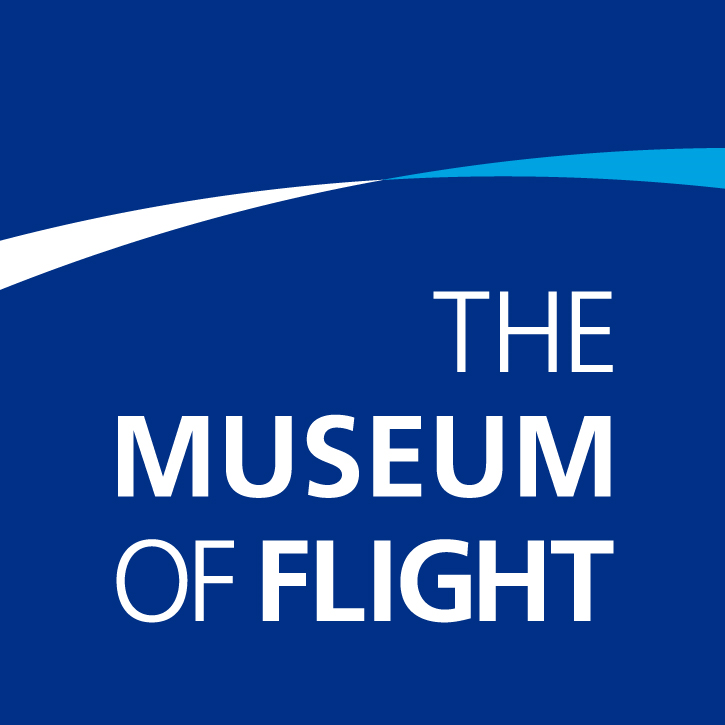Drew, Charles Wallace, 1896-1979
Dates
- Existence: 1896 - 1979
Biographical Note: Charles W. Drew
Charles Wallace Drew was born April 30, 1896 in Rochester, New York. He grew up in New Jersey and attended a technical school in Newark after high school. He briefly worked for the Pyrene Manufacturing Co. of New York as an industrial fire protection consultant. As the war continued and American involvement began to look likely, Drew applied to the army for the First Officers' Training Camp.
Drew enlisted on May 11, 1917 at Fort Benjamin Harrison, Indiana. He quickly volunteered and was recommended for the Signal Corps Aviation Section and was sent to the U.S. School of Military Aeronautics ground school at Ohio State University in Columbus a month later. After graduating with honors, he received his pilot training at Wilbur Wright Flying Field in Dayton, Ohio, where he trained on Curtiss planes. In addition to being a student, Drew became an instructor in topography and photography within a month and a flying instructor by October 1917. While in Dayton he had the opportunity to meet Orville Wright.
Drew received orders to go overseas in early November, embarking from Garden City, Long Island, New York on the Dutch passenger ship Kroonland and arriving at Liverpool, England on November 21, 1917. From there he traveled to France, where he received additional flight training at the American Flying School in Issoudun and at Cazaux. He was officially commissioned a First Lieutenant of the U.S. Army Signal Officers' Reserve Corps, Aviation Section on January 18, 1918. In June 1918, he became a transfer pilot based out of the American Aviation Acceptance Park #1 in Orly, which had him flying a variety of aircraft for delivery to various flying schools and bases for training, observation, and combat use. Shortly after, he became a pursuit pilot and was assigned to the 13th Aero Squadron at Toul in July 1918. While a pursuit pilot Drew flew primarily SPAD XIII aircraft and also served as mess officer for his squadron. He participated in a number of engagements including the St. Mihiel offensive and most notably a skirmish over Flirey, France on August 15 which earned him his Distinguished Flying Cross citation.
On September 14, 1918, Drew was shot down inside German lines. He suffered injuries to his leg and right arm; the latter was amputated. He was held as a prisoner of war at St. Clemens Hospital in Metz, listed as missing in action, and presumed dead by some accounts. He was released and transferred to the Evacuation Hospital #1 in Toul after the armistice, then traveled to Savenay where he was sent home on the U.S. Transport Finland. He arrived in January 1919 and was transferred to the Walter Reed Hospital at Washington, D.C. for further treatment.
In June 1919, Drew was ordered to the Air Service Flying School at Selfridge Field in Mt. Clemens, Michigan, where he served as a supply and transportation officer and began flying again in Royal Aircraft Factory S.E. 5A aircraft. In August his group was then sent to Kelly Field in San Antonio, Texas for similar duties. He received his honorable discharge on October 3, 1919, having attained the rank of captain. In addition to his Distinguished Flying Cross, Drew was also awarded the Purple Heart and a Victory medal for his involvement in the St. Mihiel offensive. Drew went on to attend college, graduating from Yale in 1925.
Both Drew and his son served during World War II; Drew was a civilian senior engineer for the 13th Naval District, assisting in the development of airports on the Pacific coast for the Navy, while his son served in the Philippines as a paratrooper. After the war, Drew became a District Airport Engineer for the predecessor to the F.A.A., performing similar duties to his wartime work. He died in 1979.
Further reading:
Howard M. Waller, History of the Thirteenth Aero Squadron : June 12, 1917 to April, 1919. circa 1919.
Found in 1 Collection or Record:
Charles W. Drew World War I Collection
Charles Wallace Drew (1896-1979) served as a pilot with the U.S. Army Air Service during World War I, and later worked as an airport engineer. The collection contains correspondence, photographs, clippings, and other materials relating to Drew's wartime experience.
Contact us with a research request
curator@museumofflight.org
